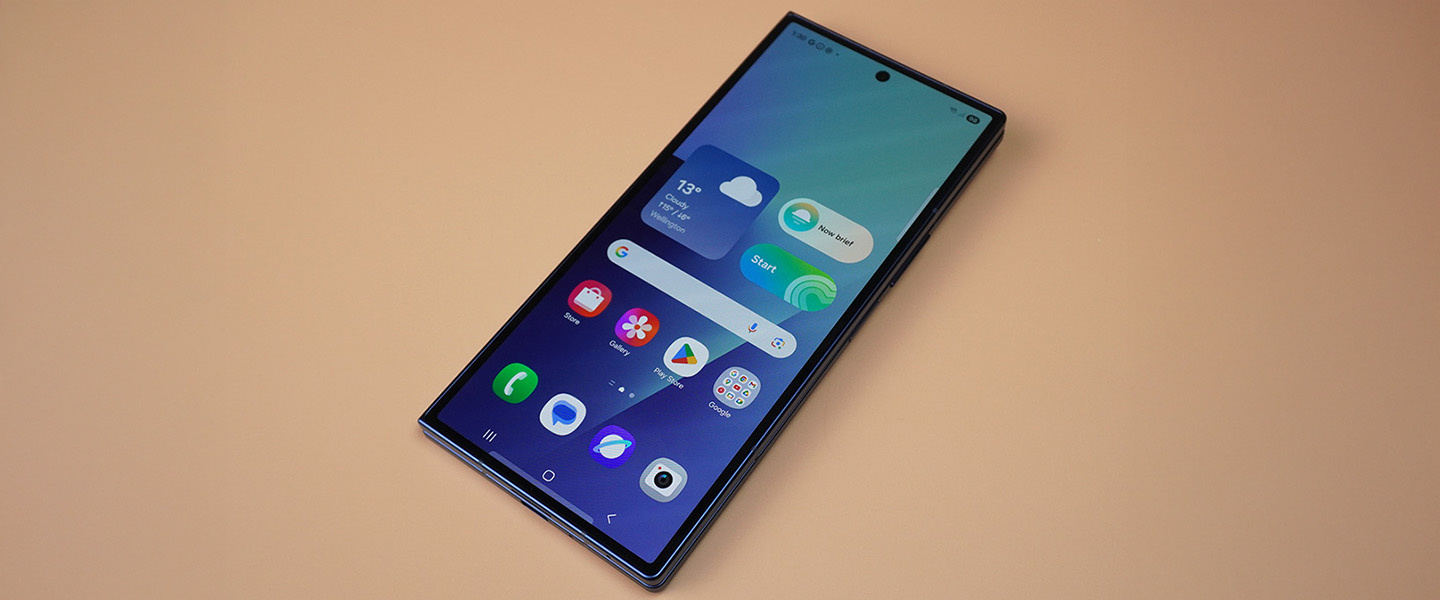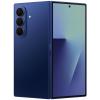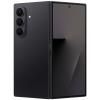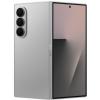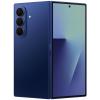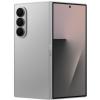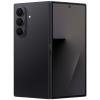The Galaxy Z Fold7 is Samsung’s latest premium foldable, offering a refined design, powerful internals, and a genuinely versatile form factor.
It’s designed for people who want more than just a phone. It can double as a compact tablet, handle multitasking across apps with ease, and now is thin enough to comfortably slip into a pocket.
With improvements to the hinge, display size, and camera system, as well as smart software integration like Gemini Live, the Fold7 feels like a natural progression in Samsung’s excellent foldable lineup.
| PROS | CONS |
|---|---|
|
|
Price/Competition
The Galaxy Z Fold7 starts at $3,249 NZD for the 256GB/12GB RAM model, $3,499 for the 512GB/12GB RAM variant and $4,099 for the 1TB/16GB RAM version.
In terms of competition, the OPPO Find N3 is the closest alternative costing $2,998 for a 16GB RAM/512GB storage model.
Design
The Galaxy Z Fold7 is a lot slimmer, now measuring 8.9 mm when folded and 4.2 mm when unfolded, a clear drop from the Fold6’s 12.1 mm folded and 5.6 mm unfolded. That difference is more than just a spec sheet update; it's immediately noticeable in hand, feeling more sleek and premium. The device also weighs 215 g, down from 239 g, making it the lightest Fold to date and easier to handle day to day.
This size reduction comes from the new Armor FlexHinge. Samsung has utilised a new multi-rail structure that allows the device to close almost completely flat, essentially eliminating the gap between screens. Not only does this make the phone thinner, it creates a slightly shallower crease that’s less distracting during regular use. Annoyingly though, the lack of a gap makes it a bit difficult for someone like me, who doesn’t have long nails, to open and close the device. But, that’s a small price to pay for the much more refined overall feel.
When devices like this reduce their weight and size, it can feel like they’re not as sturdy or durable, but the Fold7 uses Advanced Armor Aluminum for the frame, with Gorilla Glass Ceramic 2 on the front and Gorilla Glass Victus 2 on the rear. Although I didn’t physically test the durability, on paper, it’s actually more sturdy than its predecessor. It also has an IPX8 water resistance rating which gives some confidence using it in the rain, but there’s no dust resistance, so I wouldn't take it to the beach. But overall, the durability feels like a leap forward.
There is one tradeoff with this new design though and it’s the lack of S-Pen support. Unlike the Fold5 and Fold6, which supported Samsung’s stylus, the Fold7 doesn’t support it at all. There’s no silo, no compatible case solution, and no handwriting input. For someone like me, who doesn’t use a stylus at all, it’s not an issue, but this, understandably, might be a sore point for someone who does.
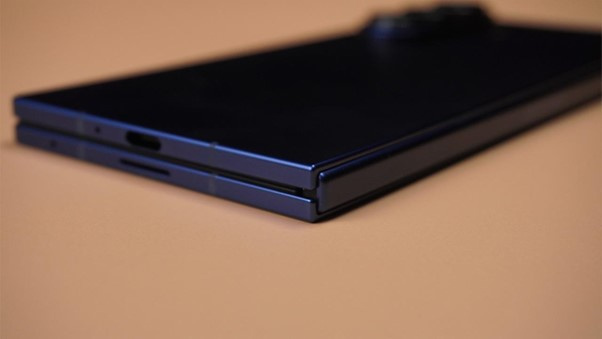
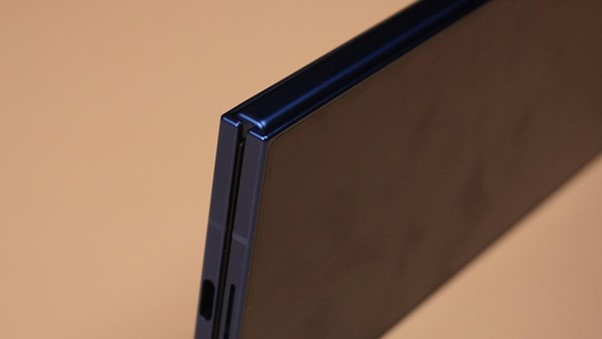
Display
The outer “cover” display has been widened to 6.5 inches with a 21:9 aspect ratio, compared to the Fold6’s 6.3-inch, 22.1:9 panel. It’s a noticeable improvement. Typing on the Fold6 could be fiddly, and some apps just looked off, the Fold7 on the other hand, handles regular smartphone tasks, like typing, more comfortably. It’s still tall, but scrolling, messaging, and basic navigation feel more natural, especially when using one hand.
Unfolded, the “inner” display is an 8.0-inch Dynamic AMOLED 2X main display, up from the 7.6 inches on the Fold6. The size bump isn’t huge, but it gives apps and multitasking layouts a bit more breathing room, without feeling like you’re carrying around a large tablet, and that’s always welcome.
Both screens have peak brightness levels of 2,600 nits, which is enough to eliminate screen glare in sunny outdoor conditions, and they both have 120Hz adaptive refresh rates, meaning they can automatically change their refresh speeds, as low as 1Hz, to help make the battery last longer. Everything feels fluid and smooth, dragging windows around, watching YouTube, drawing and replying to messages all feels great no matter what screen you use.
Being a foldable, there’s always a crease and while it’s still noticeable, it’s only an issue if you go looking for it. Most of the time you won’t even notice. That said, Samsung’s redesigned hinge has helped flatten it slightly, and it catches the light less often than before, if you’ve used a Fold before, it won’t bother you. If you haven’t, it might take a few days to get used to it.
You still get all the usual foldable perks too, like running multiple apps side by side, dragging content between windows, and using FlexForm mode to prop the phone up like a laptop with compatible apps adjusting their layout. None of that’s new, but it still feels like a genuinely useful part of the experience, and in my opinion is still the main benefit of these style devices.
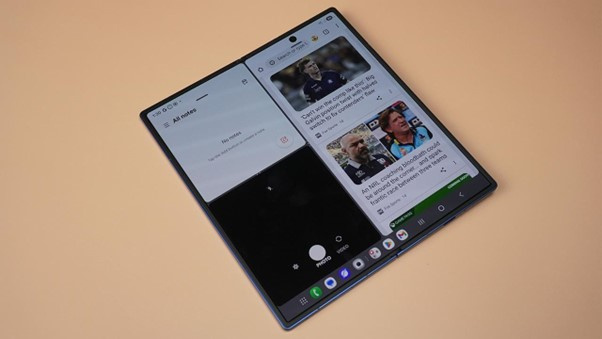
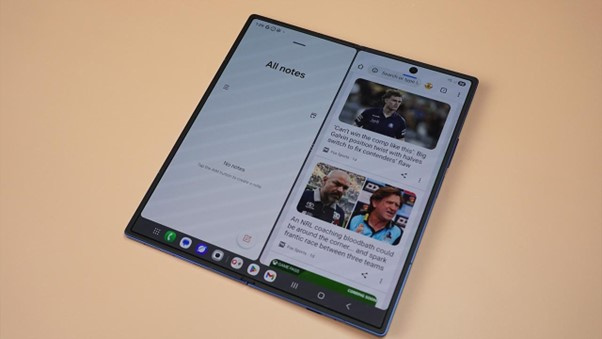
Performance
The Galaxy Z Fold7 runs on Qualcomm’s latest Snapdragon 8 “Elite” for Galaxy chipset, and it flies. According to Samsung, when compared to the Fold6, you’re getting up to 38% faster CPU speeds, 26% better graphics, and a whopping 41% boost to AI performance. Throughout my tests I never had a problem with it. It handled pretty much anything I threw at it, multitasking with three apps open at the same time, powerful AI tools, gaming and app launches were all smooth, fast and without hiccups.
It comes in two versions, 12GB RAM, and 16GB RAM. For this review, we tested the 12GB Ram model and I had no issues with any intensive or demanding tasks. It’s important to know that there’s no microSD expansion slot here for storage increase.
Cameras
The Fold7’s camera setup includes a 200MP main sensor, a 12MP ultrawide, and a 10MP 3x telephoto, and performance is strong across the board. Shots from the main sensor are sharp and detailed and low-light performance has improved noticeably compared to the Fold6, with cleaner shadows and less aggressive noise reduction.
The ultrawide produces well-balanced images in good light. There’s some softening around the edges, but colours remain consistent with the main lens, and it’s useful for landscapes or tight interiors. The telephoto delivers good results at 3x zoom, portraits look crisp with natural separation, but anything beyond that quickly leans on digital zoom and loses that sharp quality, but that’s to be expected.
Samsung has also replaced the selfie camera from the Fold6 with a 10MP punch-hole camera, and the difference is noticeable. Selfies are sharper and no longer have that smeared, hazy look. The cover display also has a 10MP camera, and both front-facing cameras support 4K video at up to 60fps.
On the video side, the Fold7 can shoot up to 8K at 30fps using the main sensor. It supports stabilisation features which work well and it does a good job of picking up audio even in busy environments.
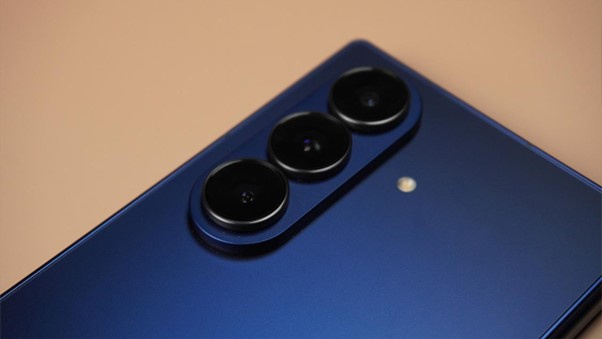
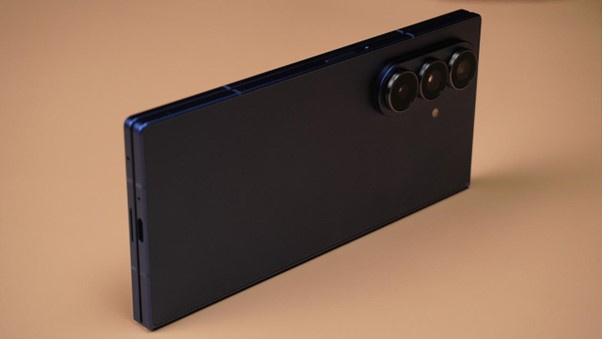
AI/Software
The Fold7 runs One UI 8 with Android 16, with the same Galaxy AI toolkit you’ll find on Samsung’s other high-end phones. It works just as well as it always has. Everything is easy to access, it’s smooth and simple.
In regards to AI capabilities, all the familiar features are still here like Photo Assist for object removal and background filling, Audio Eraser to cut background noise from videos, Live Transcribe for voice notes and calls, Circle to Search, which lets you draw around anything on screen to get instant Google results and a lot more. None of this is new though, and none of it is exclusive to the Fold, if you’ve used a Galaxy S24 or similar, you’ve seen most of it before.
What is new this year is Gemini Live, a feature that lets Google’s AI assistant access or “see” what’s on your screen or coming through your camera, in real time. It’s activated by holding the power button, and once it’s running, you can interact with on-screen content without switching apps. For example, while scrolling through Instagram, you can ask Gemini questions about what you’re looking at, and it responds right there. You are still limited by the AI’s capabilities though, so don’t expect miracles, and you may also come across some instances where Gemini is incorrect, but it is a helpful, albeit quite frightening tool. It’s important to know this isn’t a Fold-specific feature, but the larger inner screen does make it easier to use, especially when multitasking alongside another app.
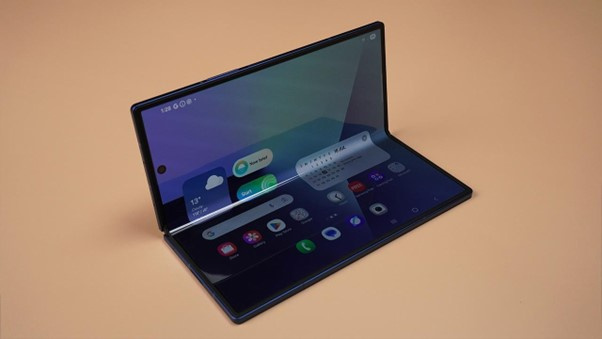
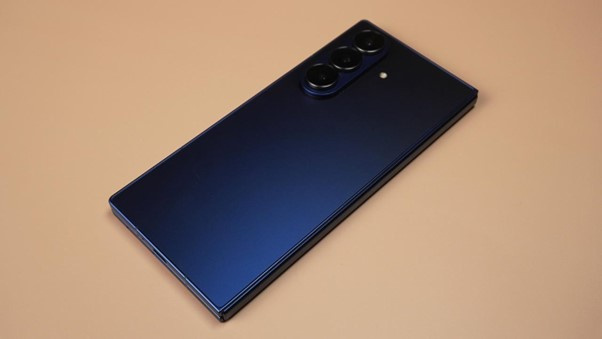
Battery
Like its predecessors, the Fold7 packs a 4,400mAh battery. That might sound underwhelming, but thanks to the more efficient chipset and software optimisations, battery life has improved. Samsung claims up to 24 hours of video playback, in real-world use, you’ll comfortably get through a full day of mixed tasks. Just don’t expect miracles if you’re constantly using the inner display for gaming or split-screen work.
Charging performance remains unchanged. The Fold7 supports 25W wired charging, capable of reaching around 50% in 30 minutes with the right adapter, 15W wireless charging, and 4.5W reverse wireless charging for accessories like earbuds. It’s not great, but it's good enough.
Verdict
The Fold7 doesn’t reinvent the wheel, but it absolutely refines it. The thinner, lighter design is immediately noticeable, the displays are brighter and more usable, and performance is rock solid across everything from multitasking to AI tools. The camera system is reliable and sharp, the software is polished, and the battery life holds up well for daily use.
Losing S Pen support might be a dealbreaker for some, but for most people, it won’t matter. What does matter is that this feels like the most practical, well-rounded version of the Fold yet.
If you’re after a device that can easily be used for both productivity and entertainment, provides a form factor that’s genuinely useful in multiple configurations, is built for multitasking with space to work and play at the same time, and still functions perfectly as a regular phone when folded, the Galaxy Z Fold7 is hard to beat.

